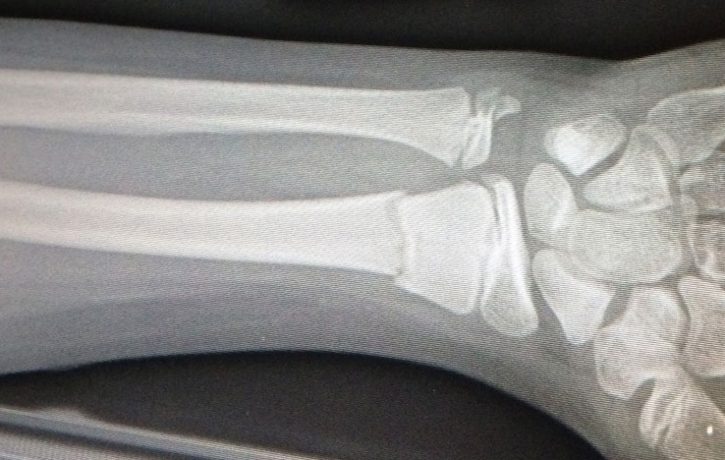Stress Fractures – What to look out for

Stress fractures aren’t as bad as they may sound; people hear “fracture” and can start imaging bones snapped, but a stress fracture is similar to a hairline fracture. However I don’t want to sugar coat the injury, it may not be a complete break but if neglected it wont be long until it can potentially happen. It is usually caused by overuse, commonly in running based sports, and happen often in the leg or foot which is where more than 50% of stress fractures are found. If there is excessive load to an area of the body, so much so that the muscles become fatigued and cant manage a lot more, they transfer that pressure to the bone which can cause the trauma.
Stress fractures are a real pain (pun intended) to diagnose as they don’t always appear on X-rays. Where you go to visit your GP and he refers you for a scan, the results are likely to come back as NAD (no abnormality detected) and the GP will give the verdict of “it’s tendon” or something of that nature. The pain persists with exercise, or slowly calms but then you begin to get restless so try to train again. The pain then amplifies once again to a point you cant load that area. Now this of course can be the case for so many types of injuries, so how do you know it’s a stress fracture? How do you self-diagnose correctly? The obvious answer would be that you don’t, you see a professional and seek the correct advice. If you try to investigate yourself you can easily become a hypochondriac, or find mixed messages, Dr Google is great for some simple straightforward injuries but sometimes a problem does need clarification from someone that has had experience dealing with such problems. Sometimes the doctor has a bad day and may miss these sorts of things, so either you ask for a second opinion which you have every right to do, or look elsewhere.
What can you look out for if you feel the need to search for a diagnosis? Pain and swelling in an area are the main symptoms, but again how do you know its not a bruise, or another tissue damaged? The strategy for a therapist when investigating is as follows, maybe try this yourself if you worry:
• Has the pain been consistently there for a long period?
• Was it a gradual process of pain?
• Have you been excessively training/loading an area?
• Is there a very localised pain in one spot?
• Are you struggling to bear any weight or load the structure?
• Do movements effect the pain, or does it make no difference?
Most of those questions require a yes for it to be a stress fracture. The last point would be a “no difference” answer as it’s a bone injury; bones add structure and protection to yo ur body, they do not control the movement. That’s for the muscles to do.
If any of these questions are a no (with the exception of the last point) then you will need a professional opinion before taking action. If all have sent a red flag, the immediate action is rest. Working a fractured bone is as silly as it sounds, don’t do it! Now the issue with waiting for the bone to heal is, how long will it take until you can load again? I do strongly recommend at this point you do speak to a professional in order to get a rehab plan in action. Depending on severity, how long its been, your age, weight, plus many more factors can play a part in what you need to do. If you’d like full strength back in that structure and not repeat the same problem, get a plan in place and be sure to stick to it. Any rehab advice given to you from a private healthcare professional will have tailored it to your needs.
Book a sports injury consultation by calling The Body Matters on 01702 714968.
- What’s Your Weakness? - 7th February 2019
- Taping and Strapping Vlog – How does Kinesiology tape work? - 26th October 2018
- Are Regular Treatments Worth It? - 14th September 2018
